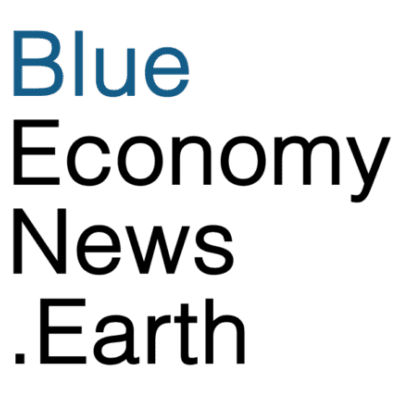Around the world, countries are working to protect and preserve mangrove forests, sea grasses and salt marshes because of their ability to sequester ocean carbon–known as blue carbon. But a new Canadian study said that the sediments of seabeds actually sequester seven times the global accumulation of all coastal vegetated blue carbon habitats combined, and around 200 times the carbon stock.
Conducted by researchers from UVic, Fisheries and Oceans Canada and Oceans North and published in the journal FACETS, the study said what other researchers have noted–that seabed sediments are the ultimate carbon sink in the marine carbon cycle. Before being locked into the sediments–especially muddy ones–CO2 in the ocean is still part of the carbon cycle that is forcing the oceans to absorb so much CO2 that they become acidic.
But seabed sediments hold the CO2 on the sea floor. These sediments are believed to hold up to 2,300 gigatons (Gt or 1000 million tons) of organic carbon in the top one meter and accumulate another 126-to-350 metric tons (Mt) per year.
Disturbing the seabed by activities including shipping, dredging of shipping-access channels, disposal of dredge spoil, mineral extraction, bottom contact fishing, offshore energy development, deployment of cables and pipelines, and coastal development can disrupt that stored carbon, releasing it back into the carbon cycle. And widescale disturbance of seabed sediments could lead to reductions in further accumulation.
Sediments near the shore, on the continental margin, accounting for about 85% of total annual carbon accumulation at the seafloor, and about 10% of the global ocean, the researchers said. Unfortunately, they noted, many of the ocean economy’s disruptive activities are most intense on continental shelves, closest to land and major human settlements, where there are fewer logistical and operational constraints.
Deep-sea sediments have the lowest carbon accumulation and stocks per unit area in the ocean but since they cover about 90% of the global seabed, deep-sea sediments are estimated to hold around 85% of total seabed sediment organic carbon standing stocks.
Researchers said mobile bottom fishing is “by far the most pervasive and recurrent seabed disturbance—impacting at least 14% of the world’s continental shelves every 2–6 years.”
Researchers noted there is little activity around protecting seabed sediment organic carbon stores, though a recently designated Highly Protected Marine Area in UK includes protection of “large areas of (subtidal) muddy habitats” specifically for their importance to “the storage of carbon.”
But in order to be sustainable, blue economy industries need to factor in the impact of disturbing what have sometimes been misunderstood to be ecologically insignificant ecosystems.
“Including high-carbon areas of unvegetated seabed sediments in MCA networks would protect carbon stocks as well as unique, diverse and often fragile ecosystems,” researchers concluded.

